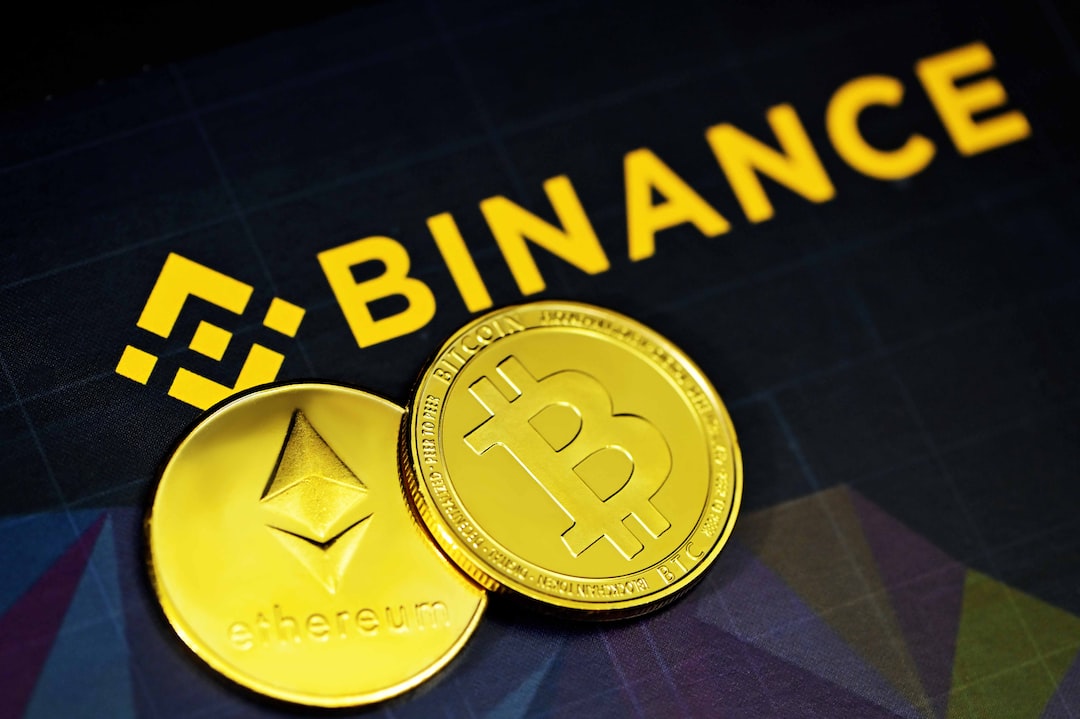What is USDT?
USDT, also known as Tether, is a stablecoin that was launched in 2014 and has since become an integral part of the cryptocurrency market. It is pegged 1:1 to the US dollar and has a market capitalization of over $83 billion as of October 2023. The purpose of USDT is to minimize volatility compared to other cryptocurrencies like Bitcoin and Ethereum. It operates on different blockchains, allowing for seamless transfers between networks. Crypto traders rely on USDT as a stable store of value when trading between different digital assets. It is also widely used on decentralized finance (DeFi) platforms for lending, borrowing, and making payments.
How Does USDT Maintain Its Dollar Peg?
To maintain its dollar peg, each token of USDT is backed by an equivalent amount of traditional fiat currency. According to Tether Limited, the company behind USDT, every token in circulation is backed 1:1 by their reserves, which include both traditional currency and cash equivalents. When buyers purchase USDT by depositing $1 per token, new tokens are issued while the dollars are held in reserves. This mechanism allows users to redeem each USDT to USD through two-way convertibility. However, there have been concerns about the transparency of Tether’s reserves.
The Role and Importance of USDT in Crypto
Despite its controversies, USDT plays a crucial role in cryptocurrency markets. It is one of the most widely traded crypto assets with daily trading volumes in the billions of dollars against assets like Bitcoin. Exchanges rely on stablecoin trading pairs like BTC/USDT to enable traders to hedge risk during times of high volatility. Additionally, USDT is integrated into various DeFi protocols such as lending and borrowing platforms, decentralized exchanges, and yield farms. The demand for USDT trading and transactions continues to drive its increasing adoption in the crypto ecosystem.
Future Outlook for Tether Stablecoin
The biggest threat to USDT is the risk of losing its 1:1 dollar peg and collapsing in value if its reserves are inadequate. Regulatory crackdowns from authorities could also pose a threat to its viability. However, USDT retains its first-mover advantage and wider integration in the crypto infrastructure, which helps maintain peg stability through redemptions. If Tether can provide greater transparency and compliance, it may retain its dominant position for some time. Nevertheless, as the market matures, stablecoins built on greater transparency and compliance are likely to emerge as leaders.
Hot Take
The controversy surrounding USDT’s reserves and regulation raises questions about its long-term sustainability. While it remains an integral part of the crypto economy machine, prudent users should assess the risks of relying extensively on USDT. As the sector develops, alternatives that offer stability and transparency could become safer options in the coming years.
Newt Bettec emerges as an intellectual voyager at the intersection of crypto analysis, meticulous research, and editorial mastery. Within the digital labyrinth of cryptocurrencies, Newt’s intellect traverses intricate corridors, resonating with seekers of diverse inclinations. His talent for unraveling complex threads of crypto intricacies seamlessly blends with his editorial finesse, transmuting intricacy into an engaging tapestry of understanding.

